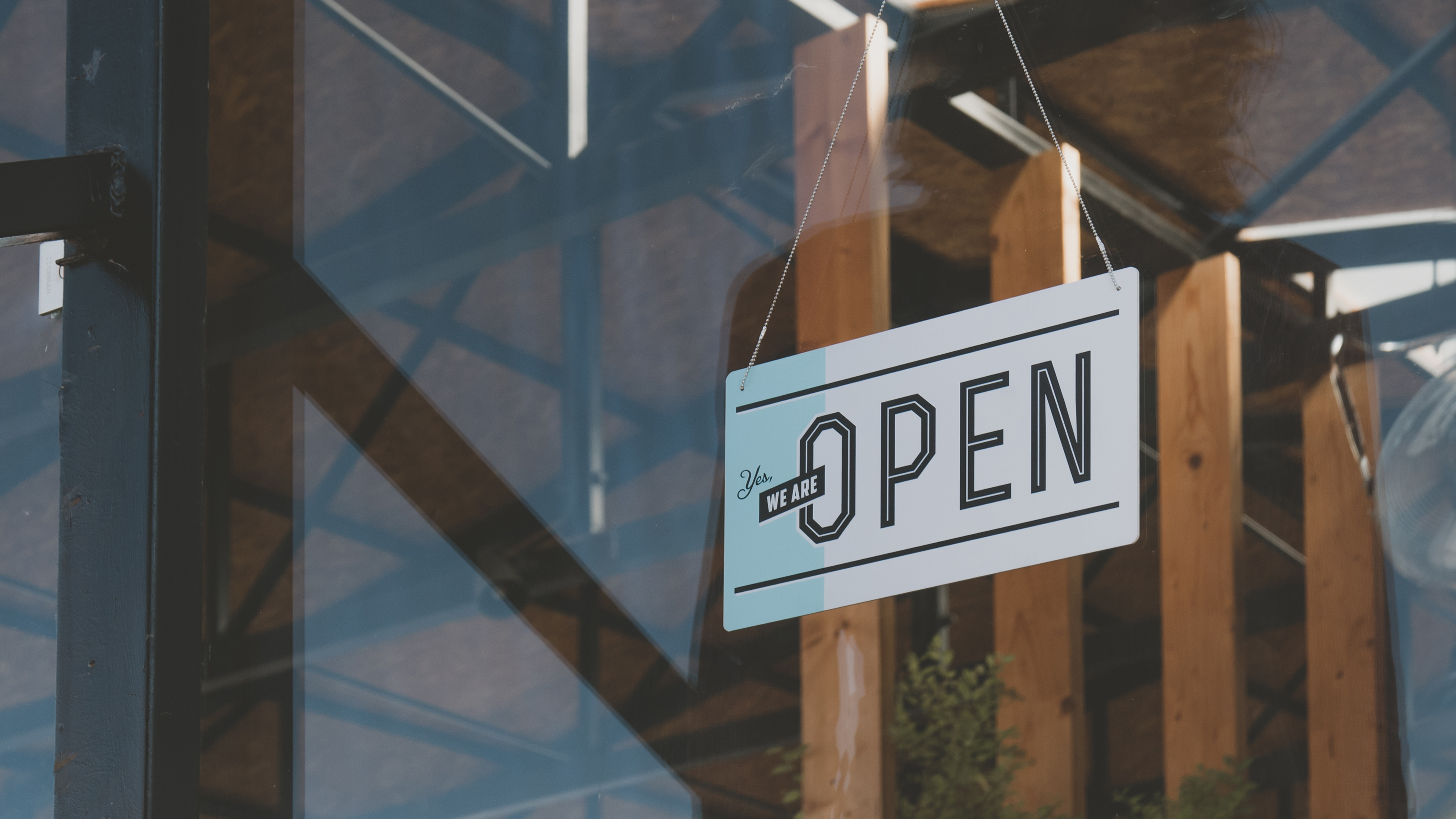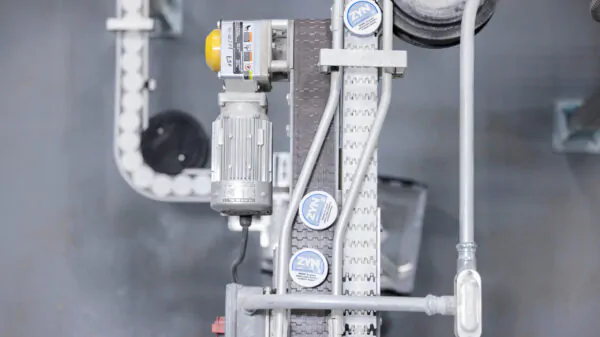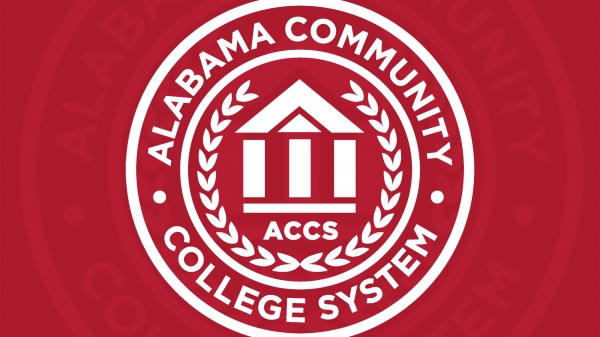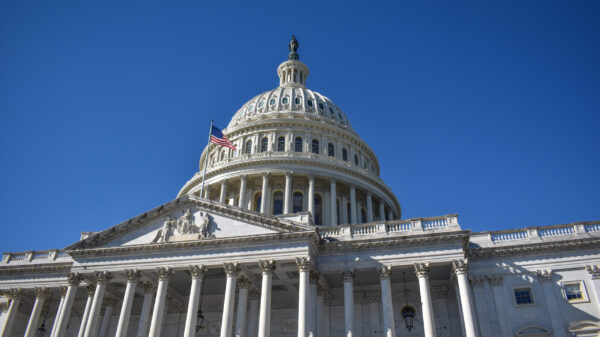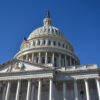The NFIB Small Business Optimism Index decreased slightly in October by 0.9 points to 98.2. One of the 10 Index components improved, seven declined, and two were unchanged.
“Small business owners are attempting to take advantage of current economic growth but remain pessimistic about business conditions in the near future,” said NFIB Chief Economist Bill Dunkelberg. “One of the biggest problems for small businesses is the lack of workers for unfilled positions and inventory shortages, which will continue to be a problem during the holiday season.”
State-specific data is unavailable, but NFIB State Director Rosemary Elebash said labor and inventory are affecting small businesses here as well. “Our members are increasing wages and staying flexible and adapting to disruptions in the supply chain, but these issues are making it harder for them to get back to where they were before the pandemic,” she said.
Key findings in the report include:
-
The NFIB Uncertainty Index decreased seven points to 67.
-
Small business owners expecting better business conditions over the next six months fell four points to a net negative 37 percent. This indicator has declined 17 points over the past three months to its lowest level since November 2012.
As reported in NFIB’s monthly jobs report, 49 percent of owners reported job openings that could not be filled, a decrease of two points from September. A net 44 percent of owners (seasonally adjusted) reported raising compensation, a 48-year record high reading. A net 32 percent plan to raise compensation in the next three months.
Fifty-six percent of owners reported capital outlays in the last six months, up three points from September. Of those making expenditures, 40 percent reported spending on new equipment, 24 percent acquired vehicles, and 14 percent improved or expanded facilities. Seven percent acquired new buildings or land for expansion and 12 percent spent money for new fixtures and furniture. Thirty-one percent of owners plan capital outlays in the next few months, up three points and two points above the 48-year average.
A net negative 4 percent of all owners reported higher nominal sales in the past three months, down seven points from September. The net percent of owners expecting higher real sales volumes decreased by two points to a net 0 percent.
The net percent of owners reporting inventory increases decreased three points to a net 0 percent. Thirty-nine percent of owners report that supply chain disruptions have had a significant impact on their business. Another 29 percent report a moderate impact and 21 percent report a mild impact. Only 10 percent of owners reported no impact from recent supply chain disruptions.
A net 9 percent of owners viewed current inventory stocks as “too low” in October, down one point from last month and near a record high level. A net 8 percent of owners plan inventory investment in the coming months.
The net percent of owners raising average selling prices increased seven points to a net 53 percent (seasonally adjusted). Six percent of owners reported lower average selling prices and 57 percent reported higher average prices. Price hikes were the most frequent in wholesale (78 percent higher, 4 percent lower), retail (72 percent higher, 4 percent lower) and construction (66 percent higher, 0 percent lower). A net 51 percent of owners (seasonally adjusted) plan price hikes.
The frequency of reports of positive profit trends decreased three points to a net negative 17 percent. Among owners reporting lower profits, 31 percent blamed the rise in the cost of materials, 25 percent blamed weaker sales, 9 percent cited labor costs, 9 percent cited the usual seasonal change, 6 percent cited lower prices, and 3 percent cited higher taxes or regulatory costs. For owners reporting higher profits, 56 percent credited sales volumes, 17 percent cited usual seasonal change, and 11 percent cited higher prices.
Two percent of small employers reported that all their borrowing needs were not satisfied. Twenty-three percent reported all credit needs met and 63 percent said they were not interested in a loan. A net 2 percent reported their last loan was harder to get than in previous attempts.
The NFIB Research Center has collected Small Business Economic Trends data with quarterly surveys since the 4th quarter of 1973 and monthly surveys since 1986. Survey respondents are randomly drawn from NFIB’s membership. The report is released on the second Tuesday of each month. This survey was conducted in October 2021.








































